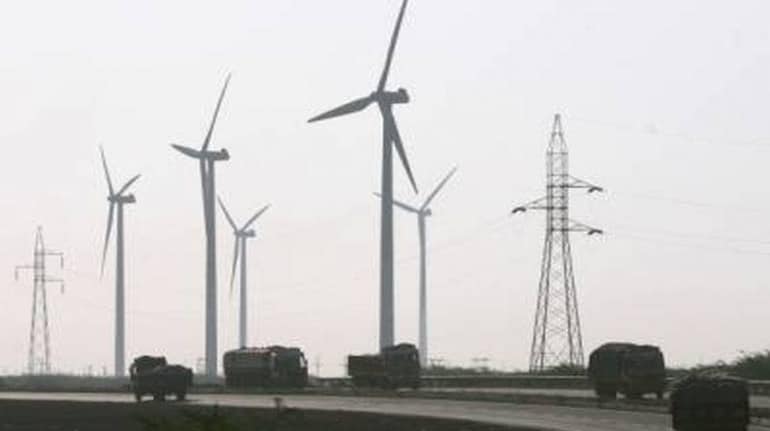



The Indian Wind Turbine Manufacturers Association (IWTMA), the largest association of wind turbine manufacturers in India requested the government to get rid of the reverse wind auctions to set up wind energy projects in India, in order to facilitate faster development of wind projects in the country.
At a press conference in Delhi, IWTMA president Tulsi Tanti said that the reverse wind auctions, which are being used to bid out wind energy projects in India, have made it unviable to set up wind energy projects in five of the seven windy states in the country.
"The tariff rates which arise from bids under the reserve wind auctions in India only make it viable for projects to be set up in Gujarat and Tamil Nadu, which are typically high power load factor states for wind energy in India," Tanti said.
According to Tanti, the centralised bidding for wind power projects by the Solar Energy Corporation of India (SECI) has taken small investors out of the market and the opportunity to increase green energy generation was lost during the past several years.
He added the power load factor of wind projects in Rajasthan, Maharasthra, Karnataka, Andhra Pradesh, and Madhya Pradesh is considerably lower when compared to Tamil Nadu and Gujarat, and hence the tariff prices from reverse auctions make setting up of wind projects in those five states unviable.
"In the last three-four years capacity expansion of wind energy in India has fallen from 4000 MW, as seen between 2015-16 to 2017-18, to around 2000 MW because of the reserve auctions," an official from the IWTMA said.
Tanti also added that bottlenecks line time taken for land acquisition and environmental approvals also limit the capacity of wind projects that can be added in two states in a financial year.
He said that in order to facilitate the growth of the wind energy projects in India, the government should look to conduct reserve auctions for wind energy projects in every state instead of collectively auctioning out capacity.
"In order to increase wind energy generation, the state governments should also start bidding out for projects instead of just the Central government," he said.
According to Tanti, state governments can tender out wind energy projects and also come out with industry-friendly policies of captive power and inter-state transmission of power.
The total capacity that was tendered out by SECI in different rounds was about 16,300 MW and about 12,470 MW was awarded.
Out of the total awarded projects, only about 3,200 MW was commissioned and several projects were surrendered by the bidders.
Wind energy capacity addition during 2022-23 is expected to be about 1,500-1,600 MW and will be about 2,000-2,500 MW in the next year, Tanti said.
Last fiscal, the total wind power capacity that was added in the country was about 883 MW.
Discover the latest Business News, Sensex, and Nifty updates. Obtain Personal Finance insights, tax queries, and expert opinions on Moneycontrol or download the Moneycontrol App to stay updated!
Find the best of Al News in one place, specially curated for you every weekend.
Stay on top of the latest tech trends and biggest startup news.